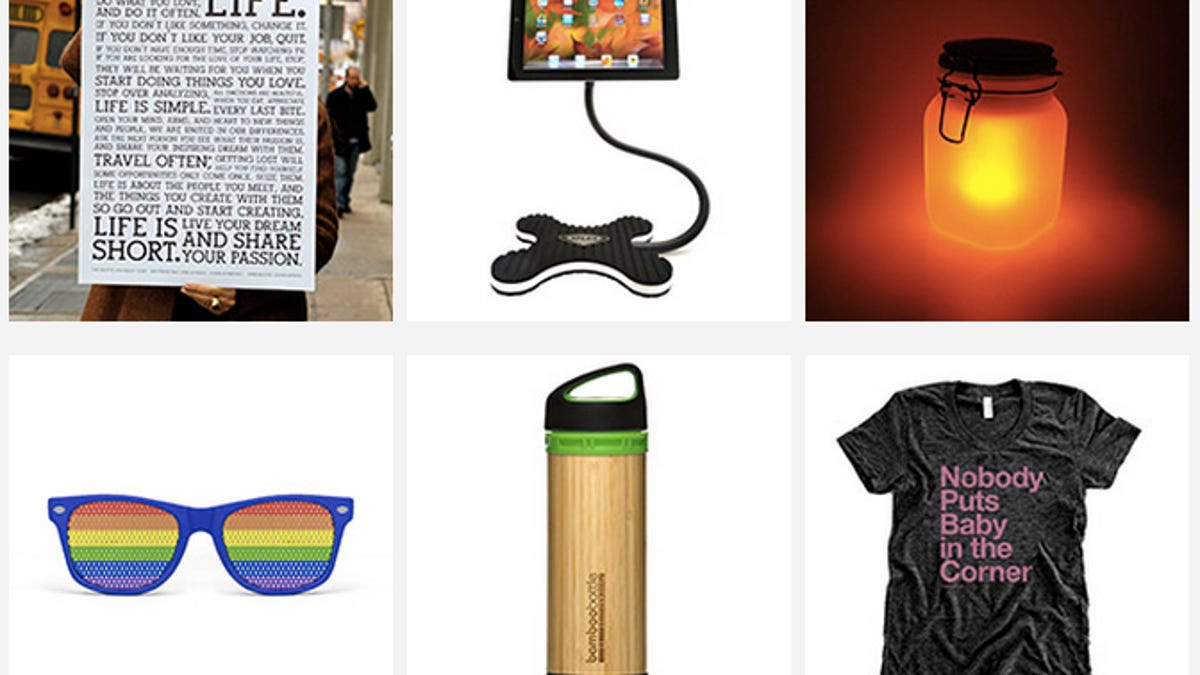Fab drops flash sales to start 'following' personal tastes
Mixing a bit of Pinterest with a bit of Amazon, the online design store asks users to "follow" categories they like to tailor the site and specials to them, instead of hawking deep discounts daily.

With a billion-dollar valuation in its rear-view mirror, Fab is putting something else behind it too.
The site -- which sells furniture, clothes, and decor -- is switching its tack yet again, this time ditching flash sales for a "following" feature that personalizes what you see on the site and what products are pushed to you.
Starting Monday, Fab is no longer sending daily flash-sales e-mails, according to a blog post by founder and CEO Jason Goldberg.
Instead, Fab is telling users to follow departments of interest, with deeper specifications to come, such as following designers or specific subcategories. Fab will personalize what you see on the site based on what you follow and will send you notifications when your categories have new arrivals, via e-mails and mobile push notifications.
Goldberg also promised more new features "soon" for its mobile apps for iOS and Android devices.
Fab.com started as a social network for the gay community but became a design-focused, flash-sale site in 2011, quickly picking up millions of members along the way. The new "following" strategy keeps it in touch with roots in social networks, which still drive a ton of its traffic and set the site apart from Amazon.

